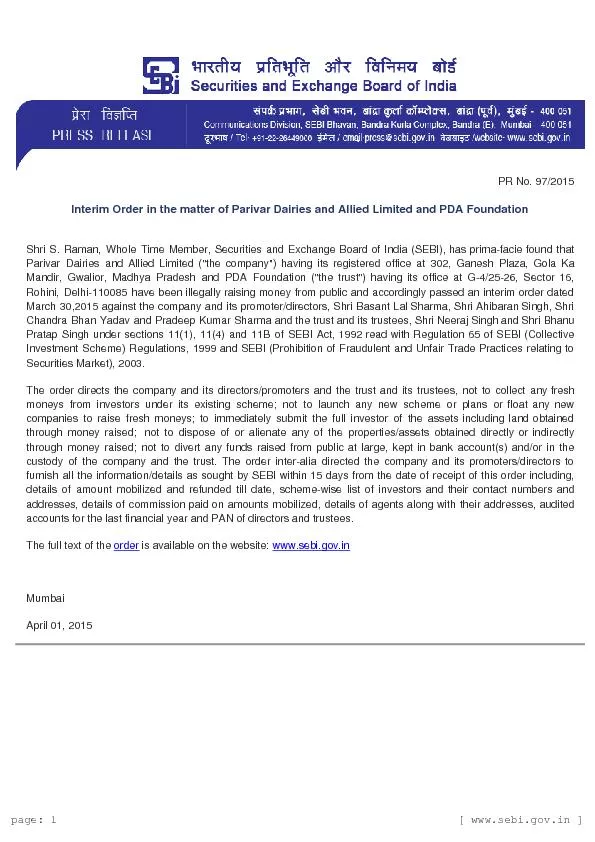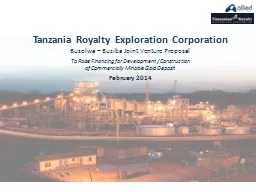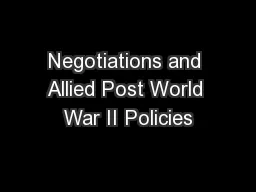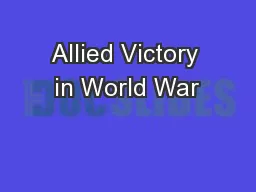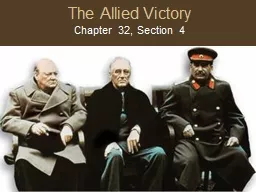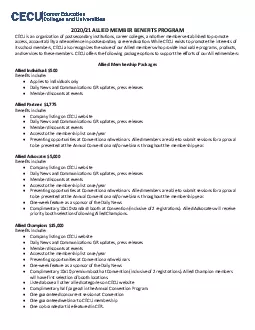PPT-The Allied Victory
Author : ellena-manuel | Published Date : 2015-11-27
Assign 34 Chapter 16 Sections 4 amp 5 Second Front in Europe Churchill wanted Britain and the US to strike first at North Africa and southern Europe 1 The strategy
Presentation Embed Code
Download Presentation
Download Presentation The PPT/PDF document "The Allied Victory" is the property of its rightful owner. Permission is granted to download and print the materials on this website for personal, non-commercial use only, and to display it on your personal computer provided you do not modify the materials and that you retain all copyright notices contained in the materials. By downloading content from our website, you accept the terms of this agreement.
The Allied Victory: Transcript
Download Rules Of Document
"The Allied Victory"The content belongs to its owner. You may download and print it for personal use, without modification, and keep all copyright notices. By downloading, you agree to these terms.
Related Documents



